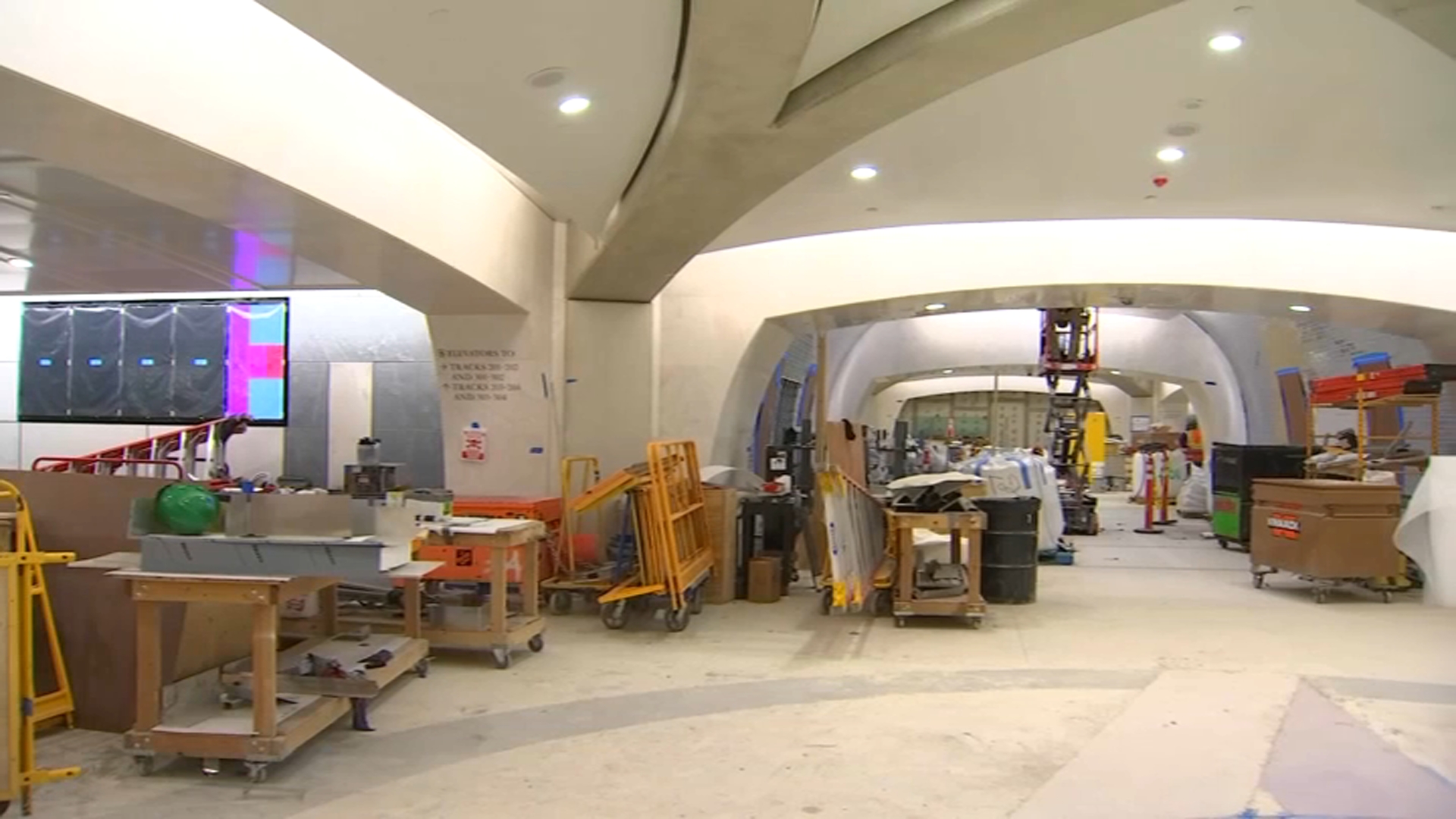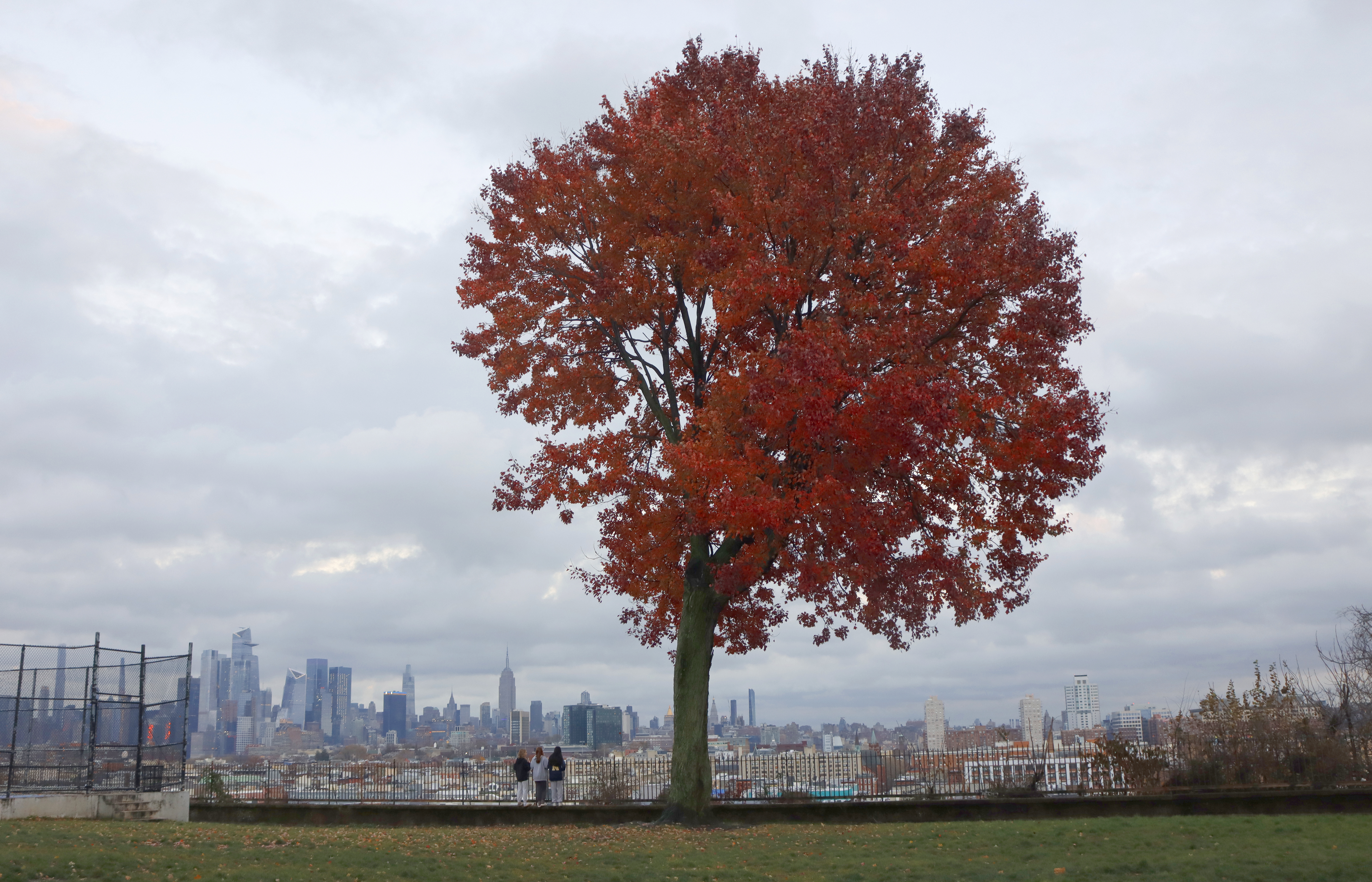The MTA broke ground on the stations on Friday, and service from these stations will be bound for Penn Station, Andrew Siff reports.
What to Know
- The largest-ever Metro-North expansion will bring train service within a mile of a half-million people and drastically cut travel times, NY elected and transit leaders have said
- Metro-North service to Penn Station will be provided via the New Haven line, connecting Manhattan, East Bronx, Westchester and Connecticut
- The new rail service will save people 50 minutes a day in commute times to Manhattan and open a wealth of reverse commute opportunities
Commuting from Connecticut or the Hudson Valley into Manhattan's West Side will soon(ish) get easier -- and shorter.
New York Gov. Kathy Hochul and other state lawmakers were on hand Friday for a groundbreaking in the Bronx that has been a long time coming: four new transit stations that will, for the first time ever, give Metro-North riders a direct line to the heart of midtown Manhattan, in the city's newly renovated -- and still under renovation -- Penn Station.
Watch NBC 4 free wherever you are
With four new stations in the Bronx, the $3.18 billion Metro-North Penn Station Access project, part of the encompassing infrastructure effort that will eventually open a new LIRR terminal below Grand Central, will bring rail service within a mile of a half-million people and mark Metro-North's largest expansion since its 1983 founding.
The four new stations in Hunts Point, Parkchester/Van Nest, Morris Park and Co-Op City will also be ADA-compliant. Construction on the four actual stations themselves is expected to begin in 2024. The Penn Station Access Project in its entirety is expected to be completed in 2027.
Get Tri-state area news delivered to your inbox with NBC New York's News Headlines newsletter.
Among other benefits, the expansion is expected to deliver:
- Big cuts in commute time. East Bronx passengers traveling to Penn Station can save up to 50 minutes each way, and those traveling to Connecticut can save up to 75 minutes. For example, it takes about 75 minutes to get to Penn from the proposed Co-Op City station now. Once the project is done it should take 25.
- Increase reverse commuting opportunities. Reverse commuters will be able to more easily travel from Penn Station to Hunts Point, Parkchester/Van Nest, Morris Park, Co-op City, Westchester and southern Connecticut.
- Local economy benefits and improved sustainability. Improving access to the East Bronx, Westchester and Connecticut will benefit local educational campuses, medical institutions, and retail centers. By greatly reducing travel times, Penn Station Access will make public transit a viable, attractive travel alternative, encouraging drivers to switch to mass transit and reducing traffic congestion and emissions.
- Improved regional connections. Bronx residents and those coming from the greater New York City area, Westchester, Connecticut, and the Northeast region, will be able to more easily reach destinations throughout the Northeast with connections to NJ Transit, LIRR, PATH, Amtrak, and NYCT subways.
Amtrak's Hell Gate Line will provide what will become a four-track route, optimizing existing infrastructure and minimizing the construction impact on surrounding communities. Metro-North trains stopping at the four new Bronx stations will serve as an extension of the New Haven Line from the New Rochelle station, offering transit options in the east Bronx to midtown Manhattan as well as points in Westchester and Connecticut -- and in both directions.
All the additions require a bit more money to expand Metro-North's New Rochelle Yard in Westchester and modernize signal, power and communication infrastructure, which upped the estimated cost to $3.18 billion from $2.87 billion.
The project also includes rehabilitation work to repair and strengthen the following four bridges to carry additional train traffic: Bronx River Bridge, Eastchester Road Bridge, Bronxdale Avenue Bridge and Pelham Lane Bridge.
"Penn Station Access is a game changer for a huge and transit-deprived swath of the Bronx. 500,000 residents live within just a mile of the four new Metro-North stations, and many more when you look at the entire service area," MTA Chair and CEO Janno Lieber said in a statement. "This project means dramatically shorter commutes and life-changing access to jobs, education, health care and everything else New York has to offer."
Added Bronx Borough President Vanessa Gibson, "The East Bronx has for a long time been at a disadvantage when it comes to transportation access, but these four new Metro-North stations will make it easier for commuters to travel to their destinations and help to eliminate transit deserts in our borough."
The other component of the transit overhaul is the long-awaited East Side Access, an $11.2 billion project to connect the Long Island Rail Road to a new station near Grand Central Terminal. It'll provide direct LIRR service into a new concourse below the established transit hub and mark the rail's first expansion in a century.
Just last week, the MTA announced that Grand Central Madison is officially on track to open in December. The Federal Railroad Administration approved the project.
The project encompasses work in multiple locations throughout Manhattan and Queens, and includes more than eight miles of tunneling. It will bring all 11 branches of the LIRR through a new East River tunnel with a final destination below the current Grand Central. This new route will save commuters headed to the East Side precious time.
When completed, East Side Access will serve about 162,000 customers a day, according to the MTA.
It's one of the largest transportation infrastructure projects undertaken in the United States in recent years, as well as the largest new train terminal to be built in the United States since the 1950s.




